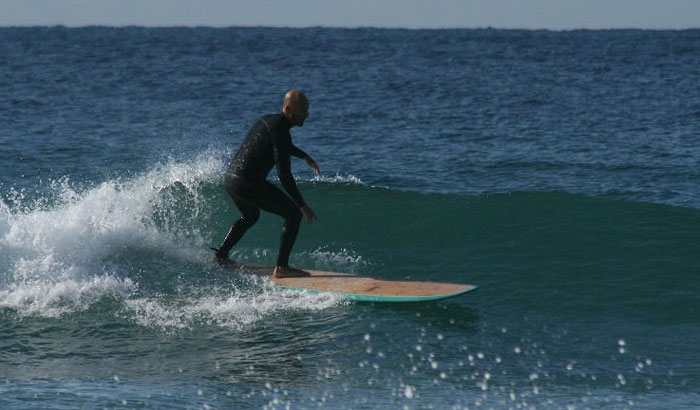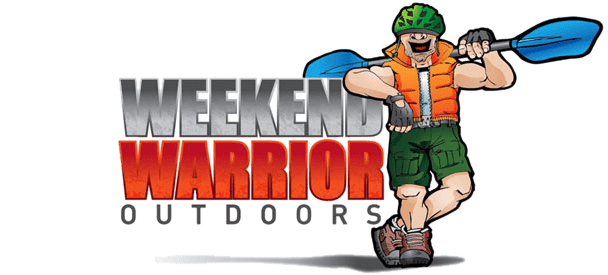
Learning to surf at 30 & beyond
Surfing is the ultimate sport of summer. It takes a person on an adventure, provides endless entertainment, and can be done by people of all ages and abilities. By the age of 30, most people have a well-established career and are settled into adulthood. But what if at this point in your life, you’ve never learned to surf? Learning to surf can be daunting for adults with busy lives because it requires time and effort that is often hard to come by. However, with some persistence, this goal can become a reality! This article will explore how you can still learn to surf at this age and beyond through tips from experts.
4 Tips for learning to surf at age 30 and beyond

Be comfortable in the ocean
Learning to surf should be done in a safe learning environment. If you aren’t comfortable or familiar with the ocean, learning to surf will just be extra anxiety that could ruin the learning process for you. The learning process will be easier once you’ve gained some experience being comfortable in the water. Learning to surf requires a certain level of comfort with waves and learning to read them. If you are not comfortable, take swimming lessons, get a life jacket, and spend a lot of time learning about ocean safety. You can also take your learning to the pool! You never know when the waves can get rough, so be ready to be comfortable in the ocean whatsoever.

Get your body in the right shape
The learning process takes a lot of physical effort. Learning to surf at 30 & beyond requires learning to paddle on the board, learning about balance, and learning about waves. This can be hard work for people with weak bodies or injured muscles. If you want to learn to surf at this age, you’ll need a strong body that can handle the learning process. Surfing can be done with both stand-up and lying down, but learning on your feet will put more stress on your back and legs. If you want to start learning on your feet, make sure that you are ready for the learning journey ahead of you by exercising! Both cardio and aerobics exercises can help you in learning to surf. Cardio exercises will get your heart rate up, strengthen your legs and give you stamina. Aerobics will improve your balance, core strength and make you strong and limber enough for learning to surf!

Surfing lessons from experts
If you are learning to surf at this age, it’s important to make use of the knowledge and expertise that surfing instructors can provide. Surfing teachers have years upon years of experience learning to surf themselves which gives them a special insight into learning the sport. Learning to surf from an instructor will be much more efficient than learning by yourself. With a surfing teacher, you can get the special tips that will make learning much easier!
Surfing teachers will teach you about balance, learning good posture, and learning to sense waves among many other things. Surfing is precisely all about learning new skills and learning how to master the sport.

Choosing the right surfboard for beginners will take you a long way
It might be tempting to go out and buy a medium-sized soft top for learning to surf, but don’t do it! Think carefully before buying your first board because there are so many options and sizes to choose from. Choosing a board that is too big is like learning how to drive a truck. It’s not going to happen. If you are learning to surf for the first time, learning on a board that is too big will make the learning process much harder and the learning journey more difficult. A soft top with a short length of 6-8 feet will be perfect for learning!
It’s also important to choose a soft-top board that has fins. Soft tops without fins are not good learning boards for first-time learners because they will flip over easily. Besides, they also keep you wet and increase the learning time. Fins help learning board riders be more stable and keep their balance.
Conclusion
Learning to surf at this age is not impossible or too late! All you have to do is be comfortable in the ocean, exercise and learn from experienced instructors. Learn about learning surfing and keep learning how to improve your skills. Surfboards for learning are very different from other surfboards so make sure that you chose one that meets your needs to learn to surf! Surfing is a sport that you can master, but learning to surf at thirty & beyond requires practice. So go out there and get learning!

















